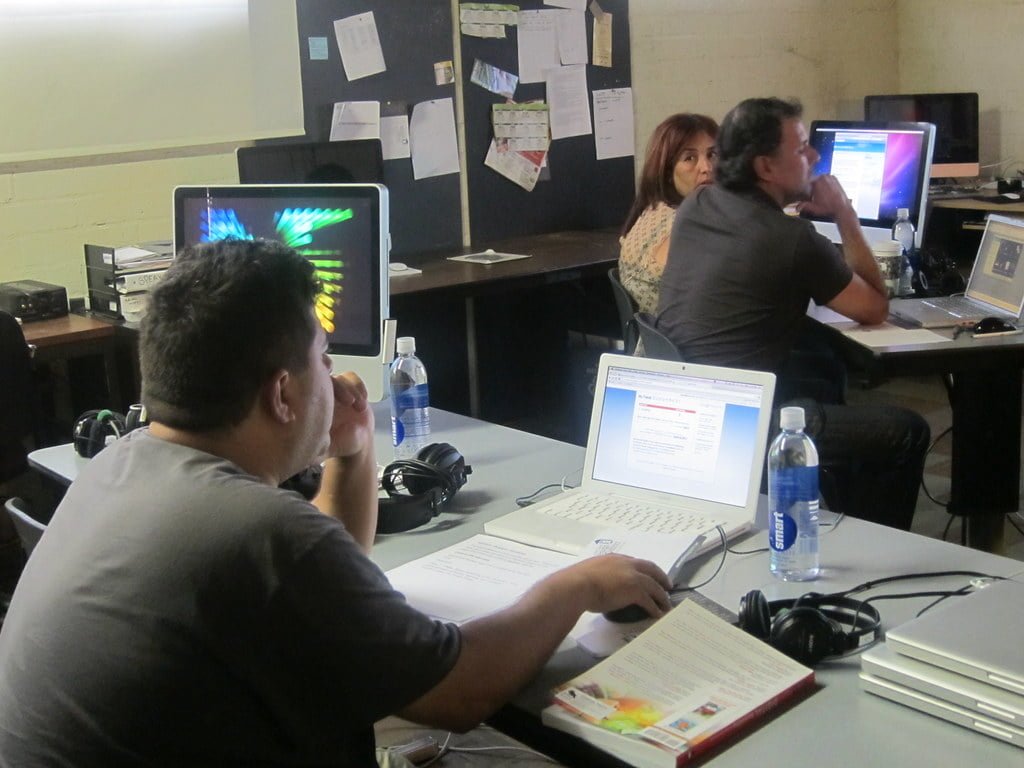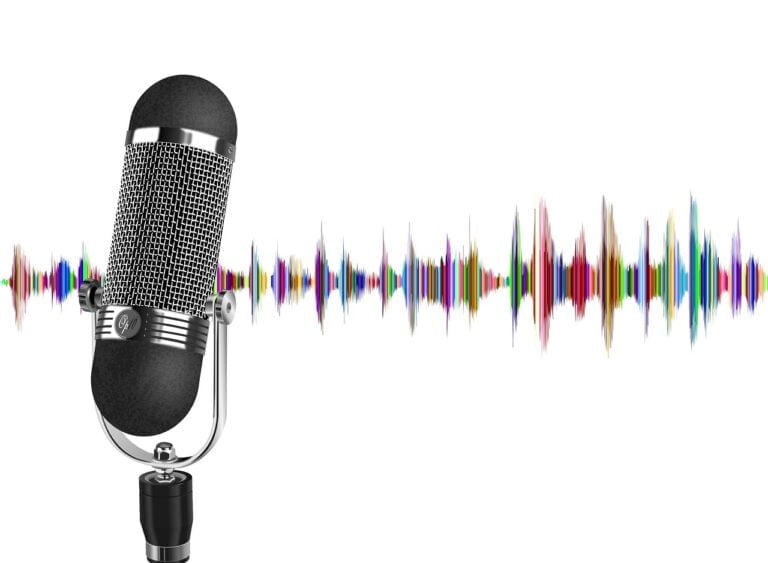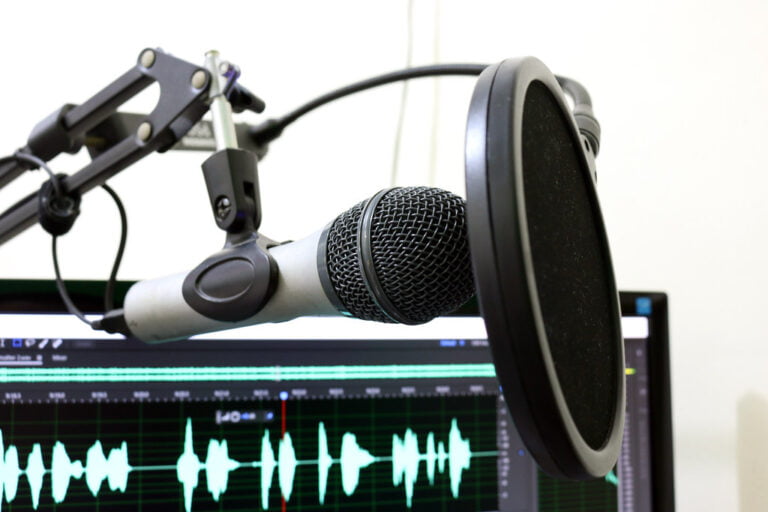Tips for Achieving Professional Sound Quality in Podcasts
In the world of podcasting, achieving professional sound quality is like painting a masterpiece; it requires precision and attention to detail. From selecting the right microphone to mastering audio editing techniques, every step plays a vital role in elevating your podcast to the next level. But what about the often overlooked aspect that can make or break your podcast’s sound quality? Let’s explore a fundamental yet powerful element that can truly transform your podcasting game and captivate your listeners from the very first moment they hit play.
We are supported by our audience. When you purchase through links on our site, we may earn an affiliate commission, at no extra cost for you. Learn more.
Essential Equipment for Professional Sound Quality
When aiming for professional sound quality in podcasts, choosing the right equipment is essential. The selection of the correct tools can have a major impact on the overall audio quality of your podcast. XLR or USB microphones are important components for capturing high-quality sound. XLR microphones are preferred for their balanced audio output, while USB microphones offer convenience and simplicity in setup. A good microphone is the cornerstone of podcast recording, ensuring clear and crisp audio for your listeners.
In addition to microphones, a mixer plays an important role in enhancing sound quality during recording. Mixers allow you to control audio levels, balance different audio sources, and apply effects to achieve the desired sound. By adjusting settings on the mixer, you can fine-tune the audio to meet professional standards. Pop filters are another essential accessory that helps reduce plosive sounds, such as ‘p’ and ‘s’ sounds, preventing them from overwhelming the microphone and ensuring a smooth listening experience.
Moreover, noise-canceling headphones are essential for monitoring audio quality and eliminating distractions during recording. These headphones block out external noise, allowing you to focus on the sound being captured by the microphone. Maintaining a quiet recording environment is crucial for producing high-quality audio content. Finally, a sturdy microphone stand provides stability and ideal positioning for consistent sound quality throughout the podcast recording process. By investing in the right equipment, you can elevate the sound quality of your podcasts and deliver a professional listening experience to your audience.
Mastering Room Acoustics for Podcasts
To optimize sound quality in podcasts, mastering room acoustics is essential for creating a controlled audio environment conducive to clear recordings. Proper room acoustics play a pivotal role in ensuring that echoes and reverberations are minimized, resulting in high-quality podcast audio. Utilizing soundproofing materials such as acoustic panels, curtains, and carpets can effectively dampen sound reflections within the recording space, enhancing the overall sound design. Strategic placement of furniture can further absorb sound and reduce background noise, contributing to improved podcast audio quality.
When considering room acoustics for podcasting, factors like room size, shape, and materials used become vital in optimizing the recording environment. Implementing soundproofing measures like weather stripping, door seals, and window treatments can aid in isolating external noise, allowing for a more controlled recording experience. These adjustments not only enhance the professional audio output but also facilitate better noise reduction during the audio editing process using specialized software.
Microphone Techniques for Superior Audio
Optimizing microphone techniques is key to achieving superior audio quality in podcasts, particularly in capturing clear vocals and minimizing background noise for professional-grade recordings. When it comes to microphone techniques, attention to detail can make a significant difference in the final sound output. Here are some essential tips to enhance your podcasting audio:
- Microphone Positioning: Proper placement of the microphone is essential for capturing clear vocals and reducing background noise. Position the microphone at a consistent distance from the speaker’s mouth to maintain a consistent sound level and quality throughout the recording.
- Pop Filter: Using a pop filter can help eliminate plosive sounds caused by strong bursts of air hitting the microphone. This simple accessory can notably improve the overall audio quality of your podcast by reducing unwanted sounds that can detract from the listener’s experience.
- Adjusting Microphone Gain Levels: Properly adjusting the microphone gain levels is vital to prevent distortion and ensure excellent sound quality in your recordings. Experiment with different gain settings to find the right balance that captures the richness of your voice without introducing any technical issues.
Leveraging Technology for Sound Enhancement
Utilizing cutting-edge technology plays a pivotal role in enhancing the sound quality of podcasts to meet professional standards. To make your podcast sound professional, investing in high-quality audio editing software like Adobe Audition is important. These platforms offer a wide range of tools and features to optimize your audio, such as adjusting volume levels, applying audio effects, and refining the editing process.
In addition to software, using soundproofing materials in your recording space can greatly improve audio quality by reducing background noise and echo. Maintaining a controlled acoustic environment is essential for capturing clean and crisp audio recordings. Regularly monitoring and testing your equipment ensures that you consistently deliver high-quality sound to your listeners.
When editing your podcast, pay attention to the details. Incorporate audio effects and filters to add depth and richness to your recordings. Experiment with different sound design techniques to enhance the overall listening experience. Reference tracks can also be beneficial during the editing process to make sure that your podcast maintains a high standard of quality and consistency.
Expert Tips for Podcast Studio Performance
Investing in expert tips from Pixel Worx Services can revolutionize the performance of your podcast studio, elevating sound quality to new heights. By implementing their tailored solutions and expertise, podcasters can greatly enhance their audio recording sessions and overall podcast episodes. Here are some Quality Tips to optimize your podcast studio performance:
- Invest in Quality Recording Equipment: Acquiring high-grade microphones, audio interfaces, and headphones can make a substantial difference in the sound quality of your recordings. Pixel Worx can guide you in selecting the best audio equipment tailored to your specific needs.
- Maximize the Potential of Effects: Utilizing effects can add depth and richness to your podcast episodes. From EQ adjustments to reverb effects, Pixel Worx can teach you how to apply these effects effectively to create a professional and engaging listening experience.
- Optimize Podcast Hosting: Choosing the right podcast hosting platform is important for delivering your content seamlessly to your audience. Pixel Worx can recommend the best hosting services that align with your podcasting goals, ensuring a smooth and efficient distribution process.







